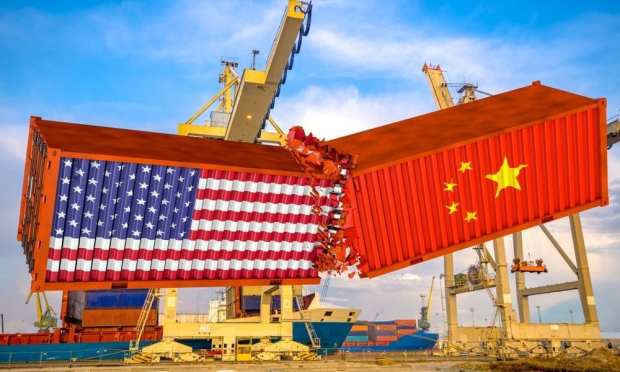Why The Tariff Delays Do Not Equal Christmas In August

On second thought, hold the tariffs.
Stocks took a leap — this time upward — on the heels of news that, amid the continuing trade war between the United States and China, the U.S. would delay a looming round of tariffs from Sept. 1 to Dec. 15.
This round of tariffs, as reported, would have included a slew of consumer goods, spanning toys, apparel and consumer electronics. The Trump administration, this time around, had said tariffs of between 10 percent to 25 percent would be levied on as much as $250 billion worth of items imported from China.
The news came Tuesday (Aug. 13) that the Office of the U.S. Trade Representative (USTR) said some items would be removed from the list entirely, including cellphones and laptops, noted The Wall Street Journal — which in the aggregate total $80 billion of the goods that would have fallen under the tariff threat.
That leaves, roughly, $170 billion on the table for tariffs, but then again, December is a ways off. In terms of incremental steps that may (or may not) resolve the lingering disputes, representatives from each country held a phone call, and another phone call is slated to take place in two weeks.
Not all that surprisingly, shares of Big Tech soared on the tariff news, where once they had soured. Shares in Apple were up 4.2 percent. Chipmakers (which of course supply tech firms with what they need to make finished goods) were up mid single-digit percentages. Toy makers such as Mattel were up more than 4 percent.
Call it Christmas in August, a holiday before the holiday spending …
Maybe.
In discussing the delay, the USTR said that “products in this group include, for example, cell phones, laptop computers, video game consoles, certain toys, computer monitors, and certain items of footwear and clothing.”
These are all items that require at least some lead time to get goods on the shelves, where supply chains and orders all work in tandem to make sure that the end-consumer gets what he or she needs in a timely fashion. Part of the equation is that the companies themselves, the Apples and so on, must gauge sentiment and cost and combine art with science in matching supply with demand. One scenario, we surmise, is that firms may look to stock inventory ahead of any further tariff saber rattling and ahead of the 10 percent tariffs. This risks misjudgment of what the consumer may want in three months’ time — and markdowns later.
After all, planning is everything and in an era of geopolitical fluidity, it’s tough to plan.
Also consider the fact that stocks such as Macy’s were up a relatively light 2.7 percent — which may indicate that investors are looking past tariffs and toward the possibility that a slowing world economy might keep on a slowing path, and interest rate cuts may not be enough to spur buying in the aisles (digital and physical).
In other words, the tariff delay may be a burst of good news that proves short-lived.
